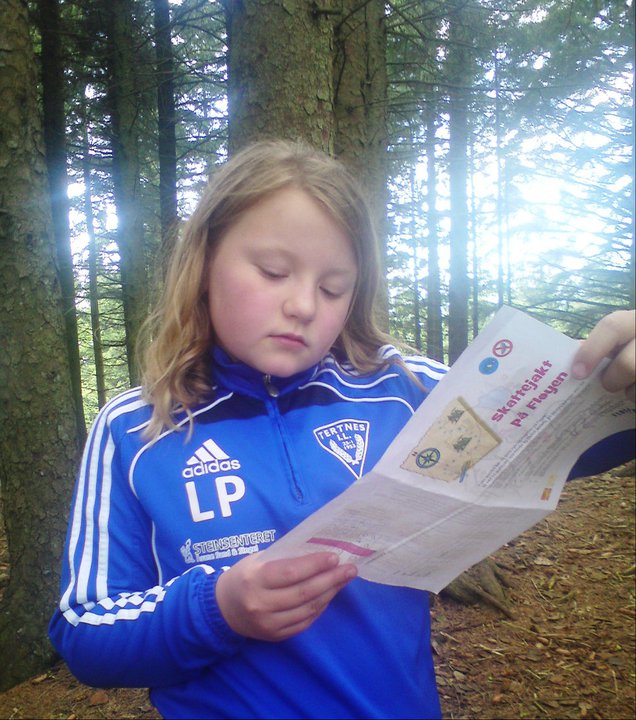

The masked guests were supposedly dressed so as to be unidentifiable. Masquerade balls were sometimes set as a game among the guests. In the 1770s, fashionable Londoners went to the masquerades organized by Teresa Cornelys at Carlisle House in Soho Square, and later to the Pantheon. While they were sometimes able to persuade authorities to their views, particularly after the Lisbon earthquake of 1755, enforcement of measures designed to end masquerades was at best desultory, and the masquerades went on as semi-private "subscriptions". The anti-masquerade writers (among them such notables as Samuel Richardson) held that the events encouraged immorality and "foreign influence". Its prominence in England did not go unchallenged a significant anti-masquerade movement grew alongside the balls themselves. Throughout the century, it is thought that masquerade dances became popular in Colonial America, however, portraits featured the subjects dressed as if they were attendees, but evidence is scant, according to Jennifer Van Horne, that colonials in North Americans actually had the events. In Lent, if masquerades displease the town,Ĭall 'em Ridottos and they still go down.Ī standard item of masquerade dress was a "Vandyke", improvised on the costumes worn in the portraits of Van Dyck: Gainsborough's Blue Boy is the most familiar example, and a reminder of the later 18th-century popularity in England for portraits in fancy dress. The reputation for unseemly behavior, unescorted women and assignations motivated a change of name, to the Venetian ridotto, but as "The Man of Taste" observed in 1733: London's public gardens, like Vauxhall Gardens, refurbished in 1732, and Ranelagh Gardens, provided optimal outdoor settings, where characters masked and in fancy dress mingled with the crowds.

Most masks came from countries like Switzerland and Italy.Ī Swiss count who arrived in Italy in 1708, is credited with introducing to London the Venetian fashion of a semi-public masquerade ball, to which one might subscribe, with the first being held at Haymarket Opera House. The same event was the basis of Giuseppe Verdi's opera A Masked Ball, although the censors in the original production forced him to portray it as a fictional story set in Boston. In 1792 Gustav III of Sweden was assassinated at a masquerade ball by the disgruntled nobleman Jacob Johan Anckarström, an event which Eugène Scribe and Daniel Auber turned into the opera Gustave III. They became popular throughout mainland Europe in the 17th and 18th centuries, sometimes with fatal results. Masquerade ball at Château de Hattonchâtel, France. With the fall of the Venetian Republic at the end of the 18th century, the use and tradition of masks gradually began to decline, until they disappeared altogether. They have been associated with the tradition of the Venetian Carnival. They were generally elaborate dances held for members of the upper classes, and were particularly popular in Venice. Masquerade balls were extended into costumed public festivities in Italy during the 20th century Renaissance (Italian maschera). (This episode may have influenced Edgar Allan Poe's short story " Hop-Frog".) Such costumed dances were a special luxury of the Ducal Court of Burgundy. If they came too close to a torch, the dancers would catch fire. The King and five courtiers dressed as wildmen of the woods ( woodwoses), with costumes of flax and pitch. It took place in celebration of the marriage of a lady-in-waiting of Charles VI of France's queen in Paris on January 28, 1393. The " Bal des Ardents" ( "Burning Men's Ball") was held by Charles VI of France, and intended as a Bal des sauvages ( "Wild Men's Ball"), a form of costumed ball ( morisco). All rights reserved.Masquerade balls were a feature of the Carnival season in the 15th century, and involved increasingly elaborate allegorical Royal Entries, pageants, and triumphal processions celebrating marriages and other dynastic events of late medieval court life. Random House Kernerman Webster's College Dictionary, © 2010 K Dictionaries Ltd.


 0 kommentar(er)
0 kommentar(er)
